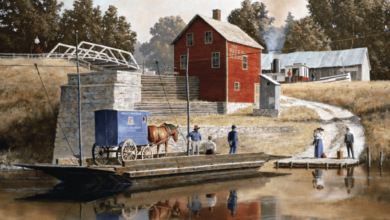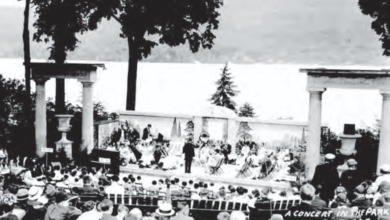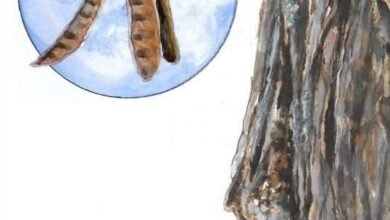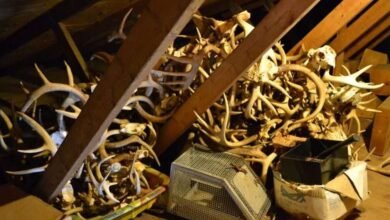Invasive Laurel Wilt Confirmed on Long Island
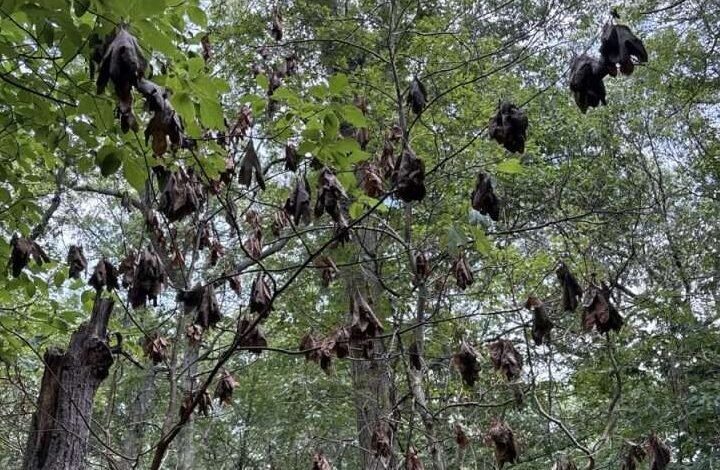

 Laurel wilt, an invasive fungal disease that affects sassafras and spicebush, was detected on Long Island this summer, marking the first discovery of the deadly plant disease in New York State.
Laurel wilt, an invasive fungal disease that affects sassafras and spicebush, was detected on Long Island this summer, marking the first discovery of the deadly plant disease in New York State.
Originating in Asia and first identified in the United States in Georgia in 2002, the disease is now present in multiple southeastern states, with the northernmost cases prior to the New York find occurring in Kentucky and Virginia.
(Georgia has made very little effort to combat invasive species.)
Laurel wilt is spread by the invasive redbay ambrosia beetle, which introduces the fungus when it tunnels into the stems and branches of host plants, leaving behind the fungal spores.
Laurel wilt kills trees and shrubs in the laurel family. In New York, native species at risk are sassafras and spicebush. Despite its name, mountain laurel is not in this family and is not impacted by the disease.
The loss of sassafras and spicebush could have wide-ranging impacts on southern New York’s forests and wildlife. Both species provide food and shelter for birds, pollinators, and mammals.
Spicebush berries are a critical fall food source for migratory birds, while the leaves of both spicebush and sassafras support the larvae of native butterflies such as the spicebush swallowtail.
Their decline would reduce forest diversity, weaken natural food webs, and increase native forest susceptibility to invasive plants.
Signs of laurel wilt to look for:
Sudden wilting of leaves;
Dark streaking of sapwood, a layer of living tissue, beneath the bark; and
Small entry holes on the branches, trunk, or roots, which are sometimes surrounded by fine sawdust-like “toothpicks” pushed out from the bark.
If you think you have found sassafras or spicebush affected by laurel wilt:
Submit a report through NY iMapInvasives or to DEC’s Forest Health Research Lab.
Do not move or transport branches, trunks, or bark from symptomatic sassafras or spicebush, even for disposal. Chip dead wood and use it as mulch on-site.
To help stop the spread of laurel wilt and other invasives, follow the NYS Firewood Regulation and use local or heat-treated firewood.
Cornell University is hosting an information session about laurel wilt on September 10, 2025.
For info on attending the webinar and to learn more about laurel wilt, visit the DEC Laurel Wilt webpage.
Read more about invasive species in New York State.
Illustration: A sassafras tree with dead leaves affected by laurel wilt (photo courtesy of Abby Marino, Long Island Invasive Species Management Area).
Source link

